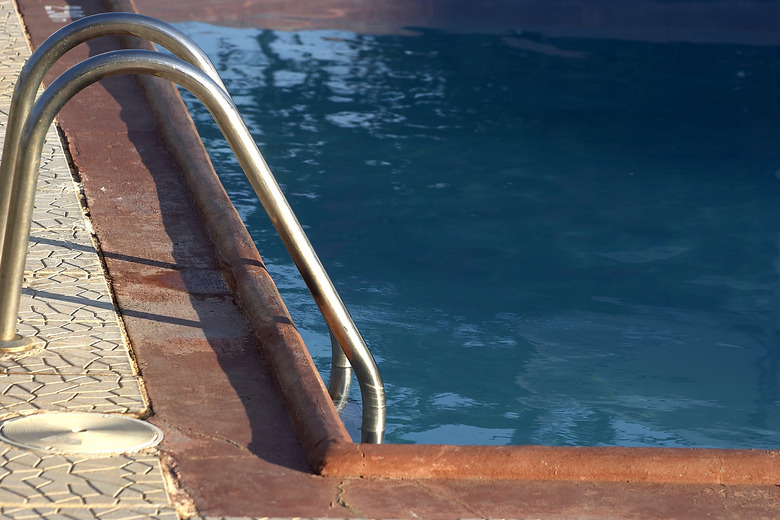Removing Antifreeze From The Inground Pool Lines
Preparing your water lines for winter is critical in protecting the money you have invested in your inground pool. Although you try to empty all the water from the lines, antifreeze works as insurance to prevent any remaining water from racking pipes or valves during the dead of winter. The type of antifreeze you use is very important, since pool-grade antifreeze–propylene glycol–is safe for pool water, unlike automotive or marine antifreeze. The antifreeze needs to be flushed from the lines after winter, before you use the pool the next season.
Step 1
Take off the cover on the pool and clean up all the debris from the surface of the water using a pool skimmer. Start adding water to bring the pool level back up to the middle of the skimmers.
Step 2
Open the water lines, the drains, the return, the filter and the pump valves. Turn the multiport valve to the "Waste" position. Pour water into the pump basket until no more bubbles come out, priming the pump. Turn on the pump and flush out the lines for about a minute. Turn off the pump.
Step 3
Turn the multiport valve back to the "Filter" position and turn the pump back on. Some of the antifreeze will get into the pool water, but since it is nontoxic, there is no need to be concerned. Most of the antifreeze flushes out during the waste cycle.
Step 4
Cycle the pool through its normal filtering and flushing cycles and the pool-grade antifreeze will dilute completely in the water without harming the pool or anyone swimming in the pool.
